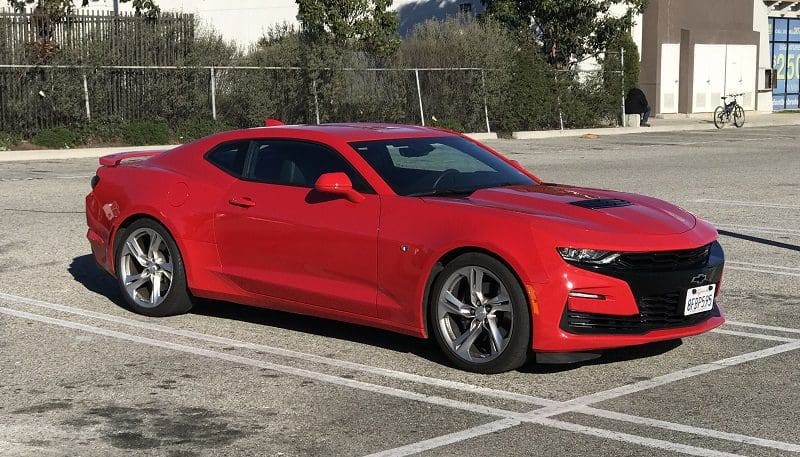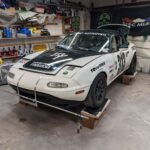The performance of factory-installed car stereos has significantly improved in recent years. However, for true audiophiles, a tuned aftermarket car stereo system offers unparalleled sound quality and customization options. This article explores the limitations of factory systems and the benefits of upgrading to and tuning an aftermarket car stereo.
A recent experience with a 2018 Chevrolet Camaro SS, equipped with a Bose audio system, highlighted the shortcomings of factory-installed systems. Despite having nine speakers, the sound quality was underwhelming. The bass was overpowering and unnatural, requiring significant adjustment. Even after adjusting the bass, the soundstage was poor, with vocals positioned off-center. This lack of clarity and precise imaging is a common issue in factory systems.
Transforming Car Audio with Aftermarket Components
To address the limitations of the factory system, an aftermarket upgrade is often necessary. This typically involves replacing key components and meticulously tuning the system. A potential upgrade for the Camaro would include:
- Integration: Utilizing a MOST audio interface to extract a clean audio signal from the factory system.
- Amplification: Installing a four-channel and a five-channel amplifier to power the new speakers.
- Speakers: Replacing factory speakers with high-quality aftermarket midrange speakers, tweeters, and midbass drivers.
- Subwoofer: Adding a vented enclosure with a 10-inch subwoofer for deep, accurate bass reproduction.
The Crucial Role of Digital Signal Processing
The key to achieving a truly exceptional car audio experience lies in utilizing a Digital Signal Processor (DSP). A DSP allows for precise control over the audio signal, enabling:
- Time Alignment: Adjusting the signal delay for each speaker to ensure all sound waves reach the listener simultaneously.
- Equalization: Fine-tuning the frequency response of each speaker to create a balanced and natural sound.
- Soundstage Optimization: Creating a realistic and immersive soundstage with accurate instrument and vocal placement.
A properly tuned aftermarket system, incorporating a DSP, transforms the listening experience. The soundstage becomes wide and well-defined, with instruments and vocals accurately placed. Bass response is tight and impactful, extending deep into the low frequencies. The overall sound is clear, natural, and free of distortion, even at high volumes. This level of performance is rarely achievable with factory systems.
Why Choose Aftermarket Tuning?
While OEM audio engineers are skilled professionals, they often face constraints in design and budget. Aftermarket tuning allows car owners to bypass these limitations and achieve a truly personalized audio experience. If your current car stereo isn’t delivering the sound quality you desire, consult with a car audio specialist. Whether it’s a simple subwoofer addition or a complete system overhaul, tuning an aftermarket car stereo can dramatically enhance your driving experience. Investing in a high-quality aftermarket system and professional tuning unlocks the full potential of your car’s audio, transforming every drive into a concert-like experience.


